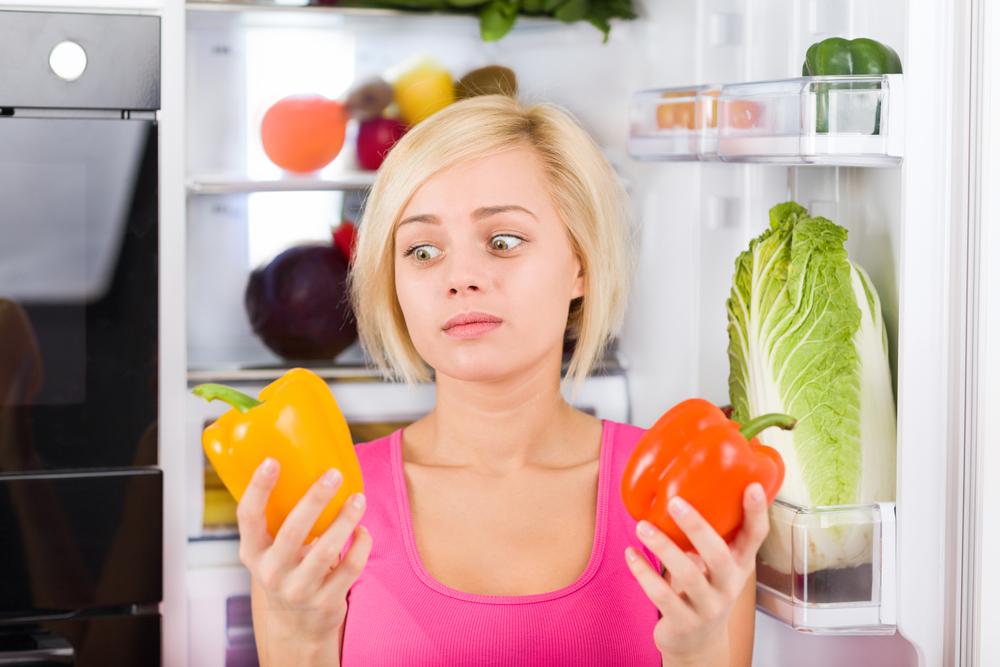
7 tips for refrigerating foods of different categories
For knowing and understanding the safety and storage tips for refrigerating food, you need to know where exactly to store the different kinds of foods and the different temperatures to store them in to ensure that they last longer.
There are specific areas allotted for storing the different types of foods to ensure that it does not go bad. Knowing the safety and storage tips for refrigerating food is important to lessen the chances of contamination if there are leftovers. A foul odor is only a minor problem, and the bigger risks are the possible formation of mildew and mold when food is not stored correctly. So, you must ensure that food is stored in air-tight containers, at the appropriate temperature, and for the right period of time.
Safety and storage tips for refrigerating foods in different categories
- Meat, fish, and poultry need to be stored in separate plastic bags and bowls on the lowest shelf in your refrigerator. This practice will ensure that juice from these foods never drips onto the food kept below. Additionally, the lowest shelf is always the coldest, which helps keep these foods fresh.
- Eggs can stay fresh for longer when you store them inside cartons and not in egg trays or on the shelves in the fridge door.
- When you wish to store perishable veggies and fruits, like mushrooms, herbs, and lettuce, you must wash and dry them completely using paper towels before storing them. Produce must be stored inside crisper bins to retain the moisture. Also, it is best to keep veggies separate from fruits since the latter emits ethylene gas, which affects their shelf life.
- You must also refrigerate all dairy foods right away, preferably at the back, so that the temperature is cooler. These should also be well covered so that they do not pick up other odors.
- Canned foods and grains need to be kept in airtight containers so that they can be stored for almost 3 months. For cans that have been opened, the contents must be transferred to clean, airtight containers before refrigeration.
- For all leftovers, refrigeration needs to be done promptly, even if the food is still warm. This is to prevent it from entering the so-called “danger zone” where temperatures have to be between 40 degrees and 140 degrees Fahrenheit for the food to survive. Leftovers are best stored in shallow containers to allow them to cool down faster. You must also date these leftovers and store them at the front so that you can always see them when you open the fridge. After four days, if they have still not been used, you should dispose of them.
- For alcohol, you can keep beer inside the fridge to keep it cool. White drinks and wines may also be refrigerated, although 40 degrees Fahrenheit may be a tad cold for wine. A wine cooler is perhaps a better choice for your wine. Vodkas and spirits containing 40% alcohol, on the other hand, can be stored in the freezer, and Irish cream or Kahlua need not be stored inside the fridge.



